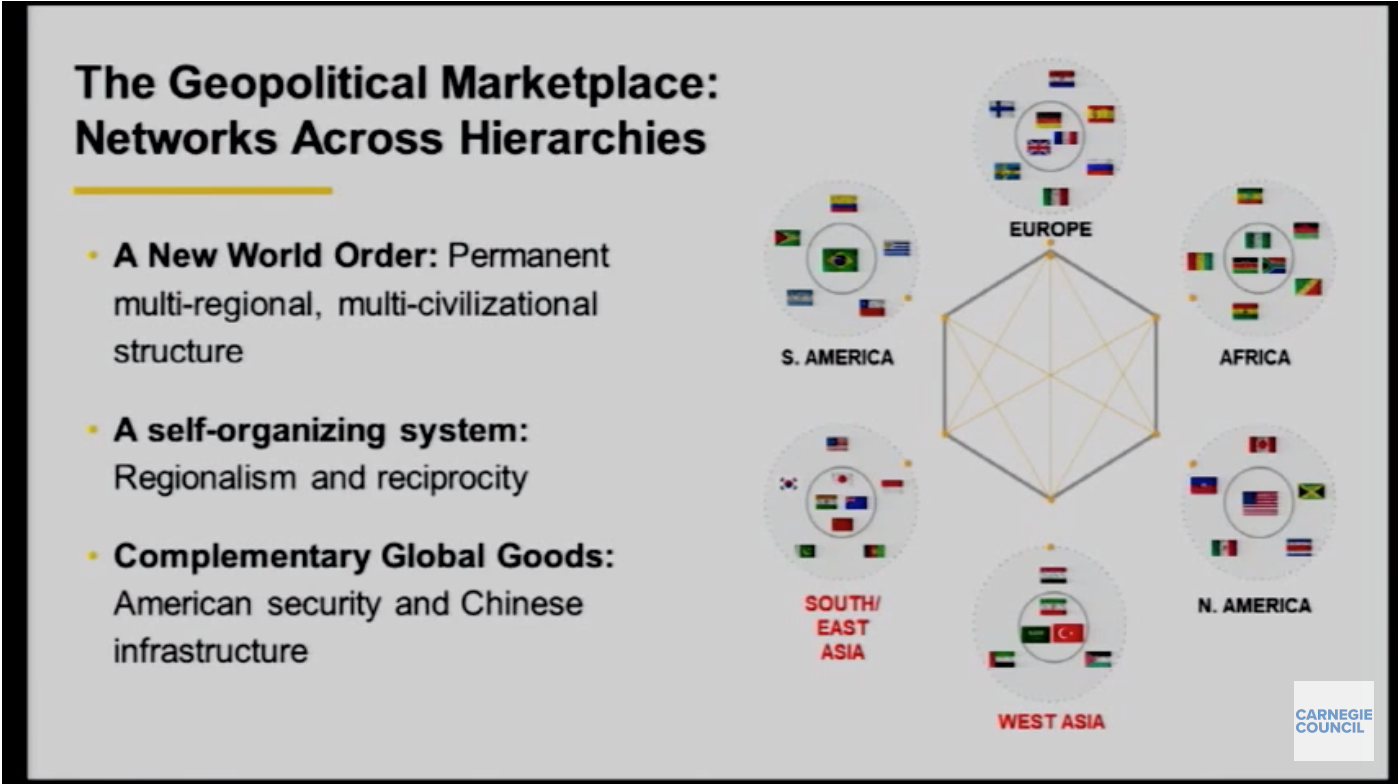Games and Rules
The “Great Game” was a 65 year old political and diplomatic confrontation between the British and Russian empires from 1830 AD to 1895 AD. The motivation, per British allegations, was about control and leverage over the south and central Asian regions including what we now know as Afghanistan. You can read all about it here.
One can only guess what kinds of geopolitical games are played in today’s times. Here’s an article published in the The Hindu about the Feb 2019 Pulwama attack in Kashmir.
In order to understand games better, let’s use Chess as an example. In chess, there are the inanimate chess pieces (pawns, kings, …) who fight each other with the prime goal being to secure a victory for their side. Each piece has a set of capabilities and options to move. However, they can’t move by themselves – the 2 players that are playing the game have to move them. So, the pieces are useless unless there are players to plan, strategise and move the pieces. At the end of the day, it is the player that wins/draws/loses a game. The motivation for the players is to “prove” that they are better than their opponent.
In competitions, the prize money, the trophy and associated fame are additional motivators. Aside from the audience, there are additional non-obvious parties involved as well.
- Organizers: Players can play only when there are organisers to organise an event. These are the folks that plan and execute the event. They rent a venue for the event, get players to participate, market the event, sell tickets, sell media (tv/cable/satellite) rights and partake in the financial outcomes.
- Rule Makers: These folks are more important than the Organisers. They might even be from the same pool of people as the Organisers. While they are the most hidden from public view and scrutiny, they are also the most powerful group. Players are the public facing faces of the game, but Rule Makers are the hidden, behind-the-scenes folks that actually run the games. Ultimately, they can dictate the outcomes of games by controlling/restricting access to only those players who will generate the outcomes that they desire.
Let’s take the example of Field Hockey to prove above points. In Olympic Games, from 1928 (when South Asia subcontinent teams started participating) to 1984, teams from the subcontinent won the Gold Medal 11 out of 13 times. Most, if not all, of these tournaments were held on natural grass surfaces. The Rule Makers and their Allies stepped in and created a movement to play the game on artificial turf which fundamentally changed the nature of the game. Instead of finesse, which the subcontinent teams proved to be unbeatable at, the new game favoured those with better physical conditioning and stamina. The outcome of this change has been clear – till date, subcontinent teams haven’t won a single gold medal in the 8 tournaments that have been held since then.
Enjoy gaming. Just understand what role it is that you are playing.


